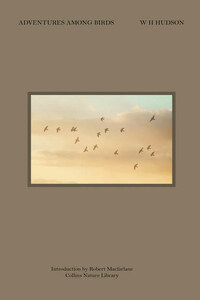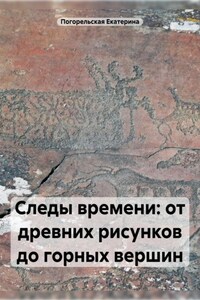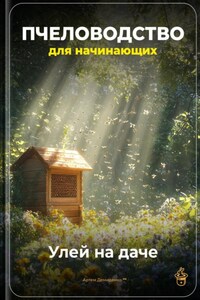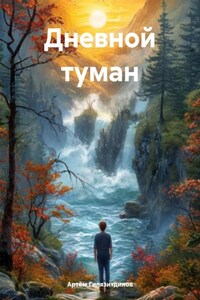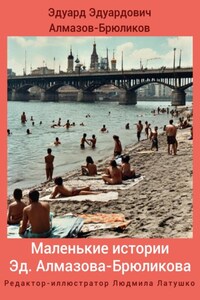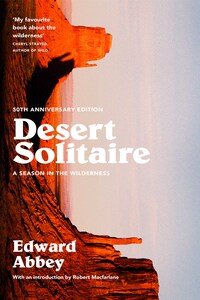Adventures Among Birds
By
W. H. Hudson
With an introduction by
Robert Macfarlane
Epigraph
Once I was part of the music I heard
On the boughs or sweet between earth and sky,
For joy of the beating of wings on high
My heart shot into the breast of a bird.
I hear it now and I see it fly,
And a life in wrinkles again is stirred,
My heart shoots into the breast of a bird,
As it will for sheer love till the last long sigh.
Meredith
Title Page
Epigraph
Introduction
1 The Book: An Apology
2 Cardinal: The Story of My First Caged Bird
3 Wells-Next-The-Sea, Where Wild Geese Congregate
4 Great Bird Gatherings
5 Birds in Authority
6 A Wood by the Sea
7 Friendship in Animals
8 The Sacred Bird (Phasianus Colchicus)
9 A Tired Traveller (Turdus Iliacus)
10 White Duck
11 An Impression of Axe Edge
12 Birds of the Peak
13 The Ring-Ouzel as a Songster
14 Bird Music
15 In a Green Country in Quest of Rare Songsters
16 In a Hampshire Village
17 The Furze-Wren or Furze-Fairy
18 Back to the West Country
19 Avalon and A Blackbird
20 The Lake Village
21 The Marsh Warbler’s Music
22 Goldfinches at Ryme Intrinseca
23 The Immortal Nightingale
24 The Clerk and The Last Ravens
25 The Temples of the Hills
26 Autumn, 1912
27 Wild Wings: A Farewell
Searchable Terms
Collins Nature Library
Other Books by W. H. Hudson
Copyright
About the Publisher
Adventures Among Birds is a manifesto for the life of birds. From childhood memories of his first caged bird and his growing passion for them, slowly growing throughout his adolescence in Argentina, to the beauty of the diversity of bird life in England, Hudson’s delight at this particular aspect of nature is palpable.
It is in his protests against the hunting of birds for sport that his love for birds is most clearly shown. Their behaviour towards one another convinces Hudson of their friendship, and his powers of observation paint a picture of interaction and emotion between birds that is almost human.
Told with an unrelenting passion for its subject, Hudson’s book is sure to draw you in with its countless beautiful descriptions in miniature.
INTRODUCTION
BY ROBERT MACFARLANE
Among the titles that W. H. Hudson considered for this book was The Adventures of a Soul, Sensitive or Not, Among the Feathered Masterpieces of Creation. You can see why he didn’t use it in the end, but there’s much of the man – and much of the finished work – still to be heard here: whimsy, passion, a hint of persiflage, a dash of feyness and an unembarrassedly spiritual regard for nature in general and birds in particular.
Birds were friends and family to Hudson. They brought him uncontrived joy, conviviality and kinship. In his weird way-book Afoot In England (1909) he referred to birds as ‘feathered people’; here again he speaks of birds as his ‘people’, to whom he feels closer than to the world’s ‘human inhabitants’. He loved birds ‘with … tenderness and sympathy’ and he celebrated them both for themselves and for ‘that glorious gladness’ which the sight of them produced in him. Any birdwatcher – from ultra-twitcher to lunchtime pigeon-feeder – will recognise that gladness, a version of what Ceri Levy has nicely called ‘The Bird Effect’. Adventures is about that effect: about how encounters with birds can shape and shift us, and about the flights that birds make through our imaginations and memories. The book’s aims are modest but ardent: ‘to reveal, to testify, [and] to endeavour to convey to others some faint sense or suggestion of the wonder and delight which may be found in nature’.
Adventures is what would now be called ‘hybrid’ in form. It mingles memoir, travelogue, meditation and nature writing, along with audacious passages of sympathetic fiction (as when Hudson imagines his way into the mind of a migrating redwing, or reconstructs a vision of the Lincolnshire fenlands as they might have looked five thousand years ago). Each chapter has a different totem bird – the pheasant, the raven, the goldfinch, the ring ouzel – and in this manner it is a travel book structured by species rather than geography. The result is a medley – episodic, anecdotal and digressive – that is united by its avian obsession and by its author’s other passions. For Hudson is invigoratingly open about both his hatreds (Italians, gamekeepers, cats, motorcyclists and Chepstow, ‘a small parasitic town much given to drink’) and his loves (nightingales, grass, ‘Northerners’ – who are apparently much given to a ‘poetical feeling’ – the colour green, wild geese and natterjack toads).
Its faults as a book are worth acknowledging so that its qualities can be reliably identified. It starts slowly (one longs for Hudson to lean on the crank-handle and get the engine going sooner), and once started up it can sound here and there like the grumpy harrumphs of a walking-stick-waving, clay-pipe-smoking, bushy-bearded nature crank. In common with numerous English travelogues of the early twentieth century, a number of its chapters were published first as stand-alone essays in periodicals (The English Review, The Cornhill Magazine) before being stitched together to make a whole. It is unmistakably of its era: this is a book written at a time when a chap might correspond with other chaps called Mr Walter Herries-Pollock and Mr Mansel Roydell-Bouverie, and when a further chap called Mr Charles Witchell might spend years ‘recording in musical notation no fewer than seventy-six blackbird strains’.
